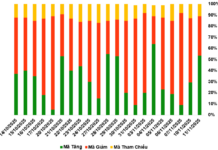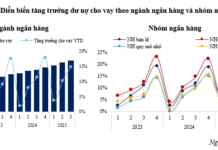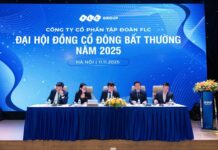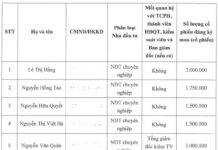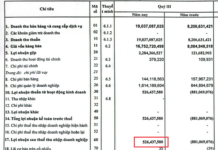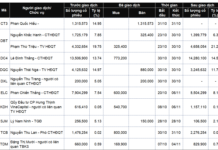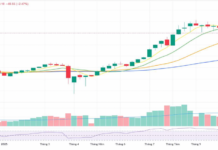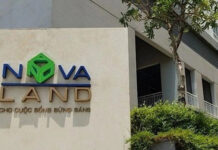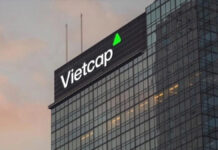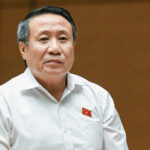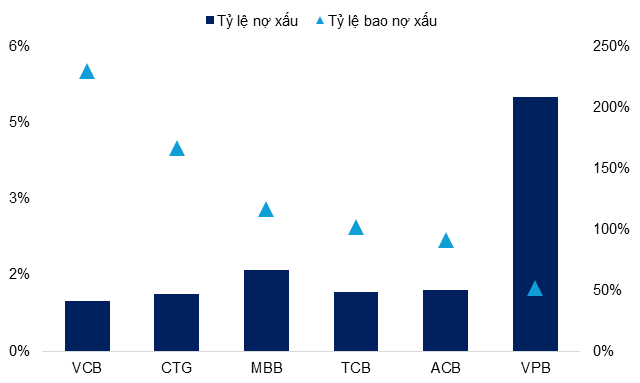Sir, there have been recent suggestions to mobilize gold held by the public to support economic development. What is your assessment of this proposal?
Vietnam aims for high growth in the coming period, resulting in a significant demand for capital to fuel economic development. While official statistics are unavailable, there is consensus that the amount of gold held by the public is substantial. If this resource is channeled into the economy through production and business activities rather than mere hoarding, it will undoubtedly create jobs, boost GDP growth, and enhance endogenous resources. However, the critical issue is not whether to “mobilize” but how to implement it in a way that unlocks capital while ensuring safety for citizens and macroeconomic stability.
If gold is mobilized from the public, what method do you consider suitable and safe?
In my view, the success of mobilizing gold from the public hinges largely on the implementation method. If citizens voluntarily sell their gold for savings or investment, the economy will benefit without significant risks. Conversely, if done through borrowing or issuing gold certificates, the borrower—whether the government or banks—faces high price volatility risks. The 2007-2011 period demonstrates that we should avoid reverting to mechanisms allowing banks to mobilize gold and lend in VND.
Establishing a gold trading platform could enhance market transparency, reduce informal transactions, and facilitate management. However, such a platform will only be effective if operated transparently, with clear risk oversight and piloted at an appropriate scale. Initially, if viewed as a market management tool, the government could test it on a small scale to assess its impact, rather than expecting immediate large-scale mobilization for production and business.

What fundamental solution would reduce gold’s allure for the public?
I believe controlling inflation, stabilizing exchange rates, and strengthening confidence in the domestic currency are essential for a stable macroeconomic environment, encouraging investors to expand production and business. However, these are not sufficient to diminish gold’s appeal. Only when the economy remains consistently stable, alternative investment channels prove highly effective, and global gold prices decline over the long term will gold truly lose its luster for the public.
Alongside macroeconomic stability, institutional reforms and administrative procedure reductions are foundational solutions. A transparent, investor-friendly environment will strengthen capital markets like stocks and corporate bonds, diverting funds from gold hoarding into productive investments. This sustainable approach is key to long-term economic growth.
Given the economy’s need for substantial growth capital, developing capital markets—including stocks and corporate bonds—is urgent and strategic. These markets efficiently mobilize medium- and long-term capital, reducing reliance on short-term bank credit. Effective capital market operations provide businesses with diverse funding options and offer citizens more investment opportunities, ensuring stable and transparent capital flows. This enhances economic productivity and resilience.
Thank you very much, sir!
Billion-Dollar Vietnam-Cambodia Highway Reaches Major Milestone
In just four months, the nearly 20,000-billion-VND expressway connecting Vietnam’s wealthiest city to Cambodia will reach a significant milestone.
Vietnam’s Growth Outlook Upgraded by Multiple International Organizations
At the October 2025 regular government meeting held on the morning of November 8th at the Government Office, Minister of Finance Nguyễn Văn Thắng reported that Vietnam’s socio-economic landscape continues to achieve significant, comprehensive results. Multiple international organizations have further revised their growth forecasts for Vietnam in 2025 upward by 1-1.5%.


